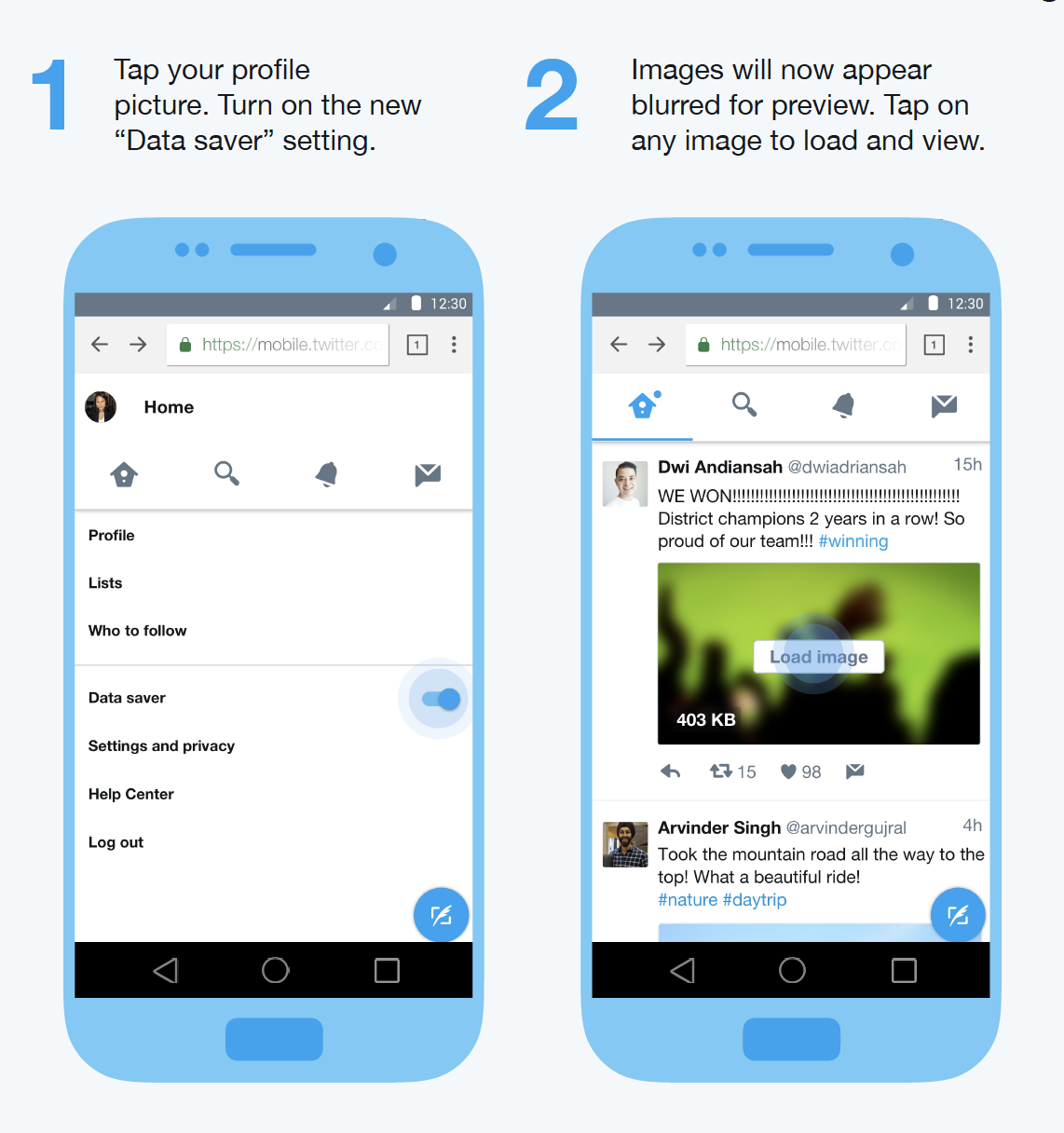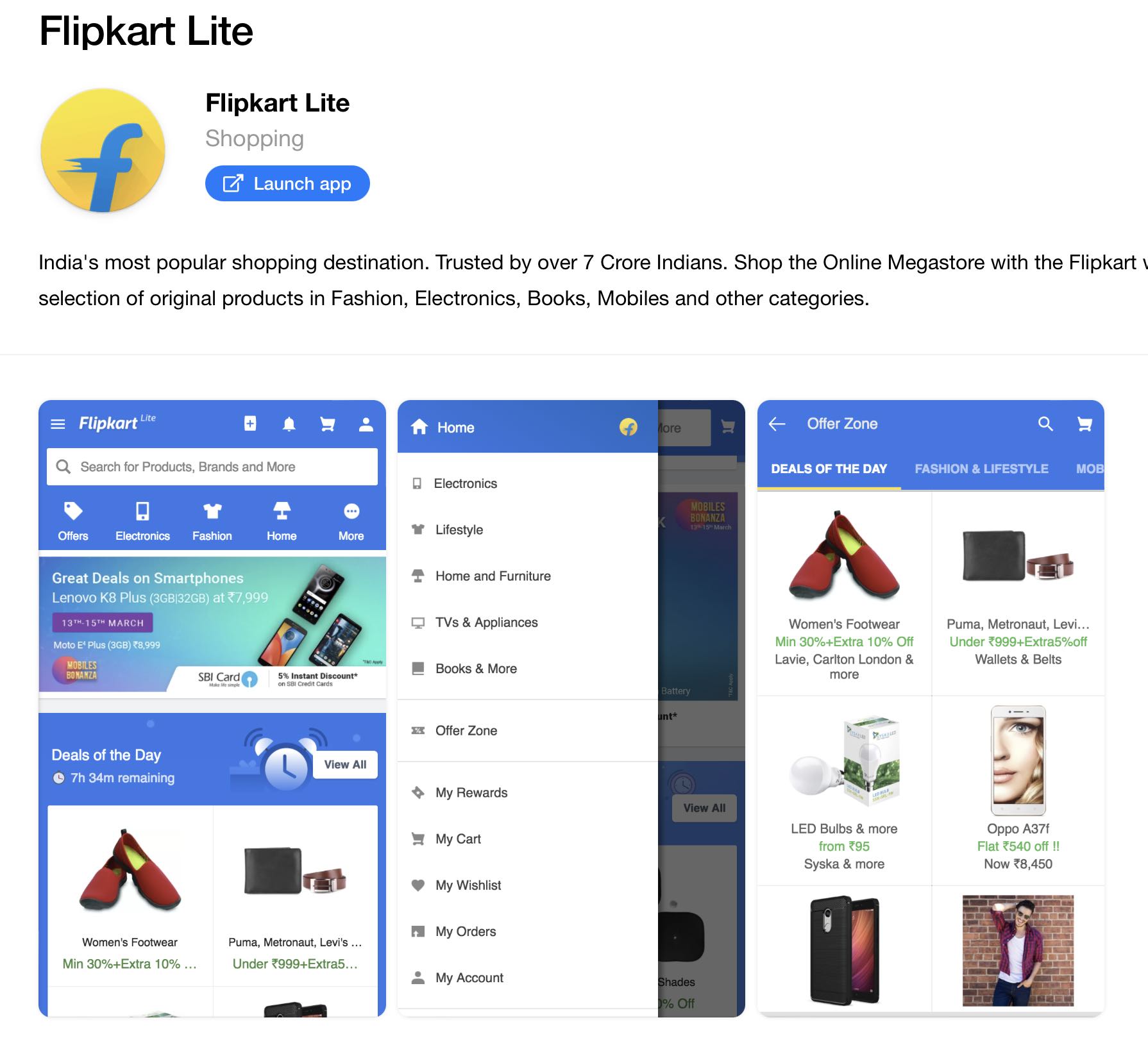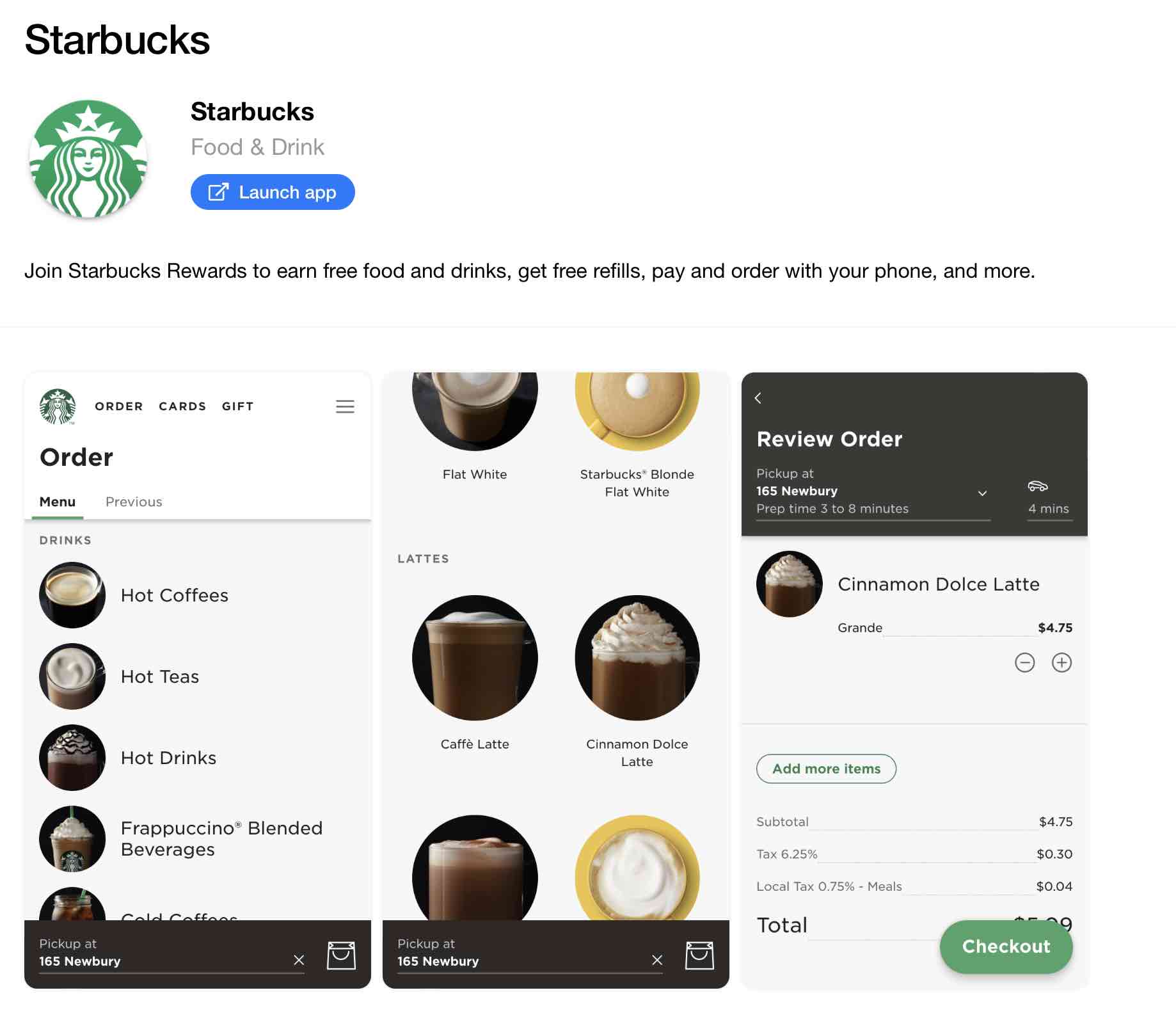Discover how Progressive Web Apps are revolutionizing mobile experiences by combining the best of web and native applications. Learn why PWAs are becoming essential for modern businesses and how they can boost your engagement and conversions.
What are Progressive Web Apps?
Progressive Web Apps (PWAs) represent a revolutionary approach to web development that bridges the gap between traditional websites and native mobile applications. They leverage modern web capabilities to deliver app-like experiences directly through web browsers, without requiring users to download anything from an app store.
PWAs use service workers, web app manifests, and other modern web technologies to provide features traditionally associated with native apps: offline functionality, push notifications, home screen installation, and smooth performance across all devices.
Core Features of Progressive Web Apps
1. Progressive Enhancement
PWAs work for every user, regardless of browser choice, device capabilities, or network conditions. They progressively enhance the experience based on the features available on each platform and browser.
- Basic functionality works on all browsers
- Enhanced features activate when supported
- Graceful degradation ensures universal accessibility
- Future-proof design adapts to new technologies
2. Offline Functionality
One of the most powerful features of PWAs is their ability to work offline or with poor network connectivity. Service workers cache essential resources and data, enabling users to continue using the app even without internet access.
- Cache critical app resources and content
- Background synchronization when connection returns
- Intelligent caching strategies for optimal performance
- Seamless transition between online and offline states
3. App-like Interface
PWAs provide immersive, full-screen experiences that feel like native applications. They can be installed on the home screen and launch without browser UI elements, creating a seamless app-like experience.
- Full-screen immersive interface
- Custom splash screens and icons
- Native-like navigation patterns
- Touch gestures and animations
Real-World PWA Success Stories
PWA Examples and Case Studies
-
Twitter Lite is a prime example of a Progressive Web App that demonstrates the power of PWA technology. This lightweight version of Twitter offers a fast and reliable experience, even on slower networks. Users can receive push notifications and access the app offline, providing a comprehensive Twitter experience without the need for a native app.
Twitter Lite minimizes data usage, loads quickly on slower connections, is resilient on unreliable mobile networks, and takes up less than 1MB on your device. It delivers up to 30% faster launch times and quicker navigation throughout Twitter, resulting in a 65% increase in pages per session.

-
The Indian e-commerce giant Flipkart embraced the PWA approach to enhance their mobile shopping experience. Their PWA allows users to browse products, add them to the cart, and even complete transactions offline, ensuring seamless shopping even with poor connectivity.
This implementation resulted in a significant increase in user engagement, with improved conversion rates and reduced bounce rates. The PWA approach enabled Flipkart to reach users who might not have downloaded their native app, expanding their market reach considerably.

-
Starbucks adopted a PWA to enhance its mobile ordering experience, creating a seamless coffee ordering platform. The PWA allows users to browse the menu, customize their drinks, and place orders even when they are offline, which is then synchronized when connectivity returns.
This implementation streamlined the ordering process for Starbucks customers and resulted in 2x daily active users on desktop compared to their previous mobile experience. The PWA approach significantly improved customer engagement and ordering efficiency.

Business Impact Metrics
The success of these PWA implementations demonstrates tangible business benefits across various industries:
- Twitter Lite: 65% increase in pages per session and 75% increase in Tweets sent
- Pinterest: 44% increase in user-generated ad revenue and 60% higher engagement
- Starbucks: 2x daily active users on desktop and faster order completion
- Forbes: 43% increase in sessions per user and 100% increase in engagement
- Flipkart: 70% increase in conversions and 3x time-on-site improvement
Key Technologies Behind PWAs
Service Workers
Service workers are the backbone of PWAs, acting as a proxy between your web app and the network. They enable offline functionality, background sync, and push notifications.
- Intercept network requests and cache responses
- Enable offline functionality and background updates
- Handle push notifications when app is closed
- Implement custom caching strategies
Web App Manifest
The web app manifest is a JSON file that provides metadata about your application, enabling installation and app-like behavior on devices.
- Define app name, icons, and theme colors
- Specify display modes and orientation preferences
- Set start URL and scope for the application
- Enable add-to-home-screen functionality
HTTPS Requirement
PWAs require HTTPS to ensure security and enable service worker functionality. This requirement protects user data and maintains trust in the application.
- Secure data transmission and storage
- Enable service worker registration
- Support for advanced web APIs
- SEO benefits and user trust
Implementation Best Practices
Performance Optimization
- Fast Loading: Implement efficient caching strategies and optimize critical rendering path
- Responsive Design: Ensure smooth performance across all device sizes and orientations
- Lazy Loading: Load content progressively to improve initial load times
- Code Splitting: Break code into smaller chunks for faster loading
User Experience Design
- Intuitive Navigation: Design clear, app-like navigation patterns
- Offline Indicators: Provide clear feedback about connectivity status
- Installation Prompts: Guide users to install the PWA at appropriate moments
- Push Notifications: Use sparingly and provide clear value to users
Testing and Monitoring
- Lighthouse Audits: Regular performance and PWA compliance testing
- Cross-Device Testing: Verify functionality across different browsers and devices
- Analytics Integration: Monitor user engagement and conversion metrics
- Error Tracking: Implement comprehensive error monitoring and reporting
Getting Started with PWA Development
Ready to transform your web presence with a Progressive Web App? Here’s a roadmap to get you started:
- Audit Current Website: Use Lighthouse to assess PWA readiness and identify improvement areas
- Implement HTTPS: Secure your website with SSL certificates
- Create Web App Manifest: Define your app’s metadata and installation behavior
- Develop Service Worker: Implement caching strategies and offline functionality
- Optimize Performance: Focus on fast loading and smooth interactions
- Test Thoroughly: Verify functionality across devices and network conditions
- Monitor and Iterate: Continuously improve based on user feedback and analytics
Conclusion
Progressive Web Apps represent the future of mobile web experiences, offering the perfect balance between reach and functionality. They provide businesses with a cost-effective way to deliver app-like experiences while maintaining the accessibility and discoverability of the web.
As mobile usage continues to dominate and user expectations rise, PWAs offer a strategic advantage that can significantly impact your business metrics. The time to embrace this technology is now - your users and your bottom line will thank you.
 5 Sept 24
5 Sept 24 